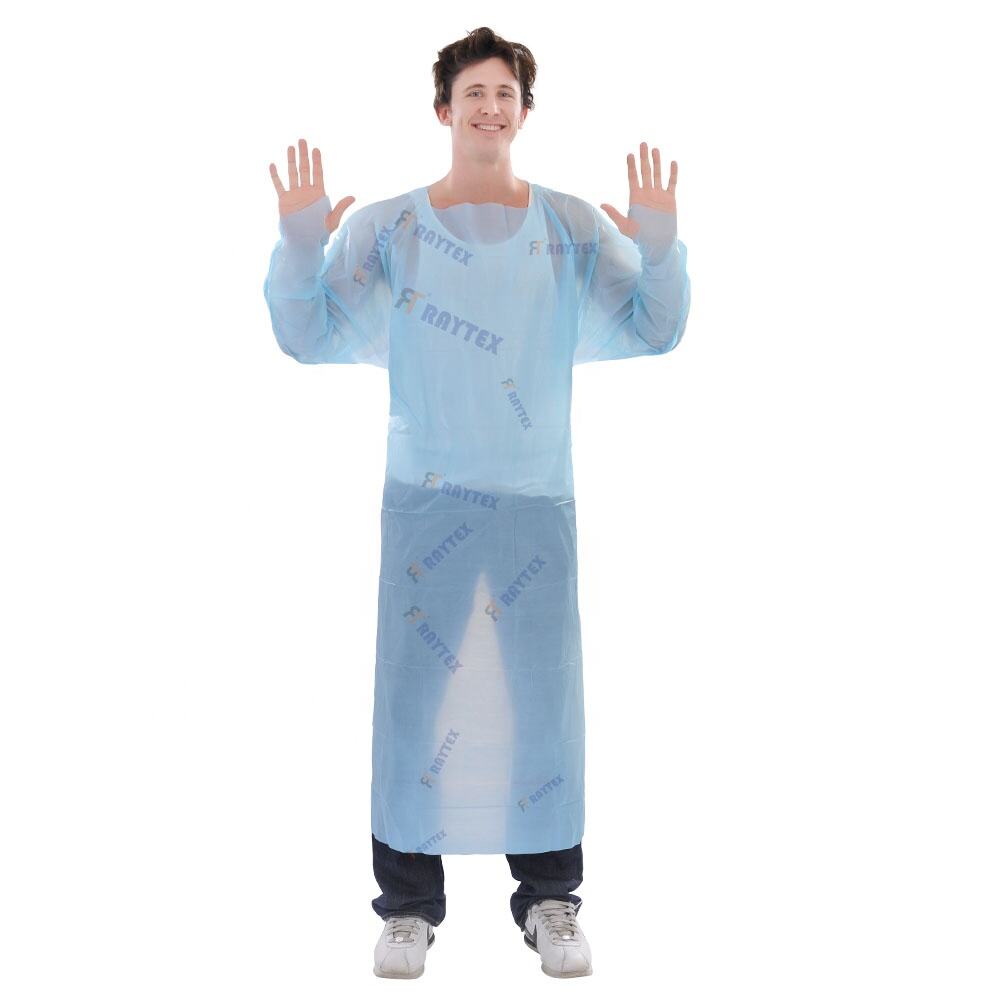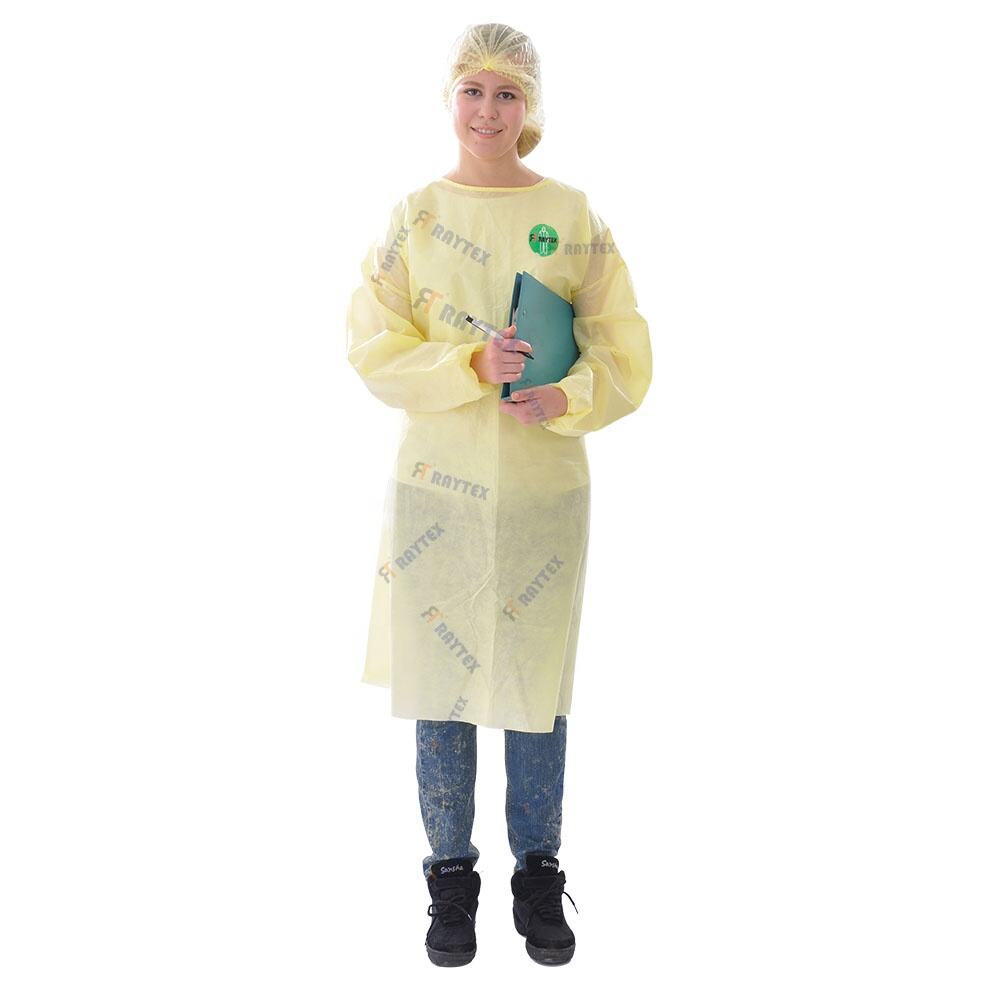Isolation gowns for construction accident isolation are durable protective garments designed to shield injured construction workers from further harm while preventing contamination of wounds at construction sites, where hazards such as dirt, debris, chemicals, and sharp objects are prevalent. These gowns are constructed from heavy-duty materials like coated polyester, canvas blends, or reinforced polypropylene, chosen for their resistance to tearing, punctures, and exposure to common construction chemicals (e.g., paints, solvents, and concrete splatters). The design prioritizes practicality and coverage: a full-length, loose-fitting style with a front opening (secured by heavy-duty hook-and-loop straps or snaps) allows easy application by first responders or coworkers, even when the injured worker has limited mobility. Reinforced stitching at stress points—such as shoulders, armholes, and hemlines—ensures the gown remains intact during transport across rough terrain or through cluttered work zones. Water resistance is a key feature, with a PVC coating or laminate that repels water, mud, and other liquids, protecting wounds from exposure to contaminated water or wet concrete, which can cause irritation or infection. The material is also breathable enough to prevent overheating, a consideration for workers in hot climates or those wearing multiple layers of clothing. Visibility enhancements, such as high-visibility orange or yellow fabric with reflective strips, ensure injured workers are easily seen on busy construction sites, reducing the risk of secondary accidents during rescue operations. Many gowns include large pockets for storing emergency supplies like gloves, dressings, or identification documents, keeping critical items accessible. Compliance with safety standards includes adherence to ANSI/ISEA 107 (High-visibility safety apparel) for visibility and EN 340 (Protective clothing—General requirements) for durability and performance. They are often reusable, designed to withstand industrial laundering to remove dirt and contaminants, making them a cost-effective solution for construction companies. By equipping construction sites with these gowns, employers enhance their emergency response capabilities, reduce the risk of wound infections, and demonstrate a commitment to worker safety—critical in an industry where accidents involving falls, machinery, or falling objects are common.


